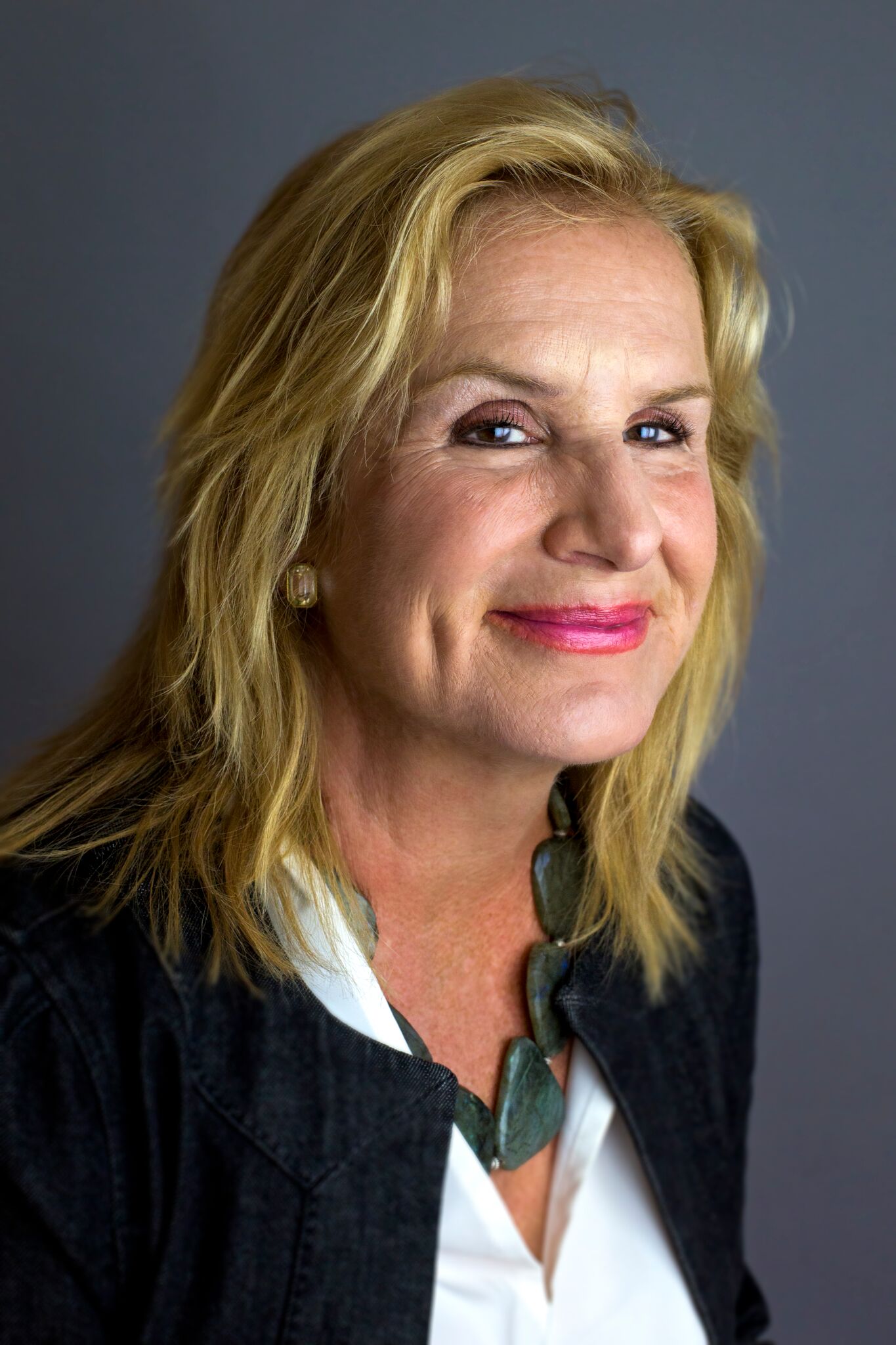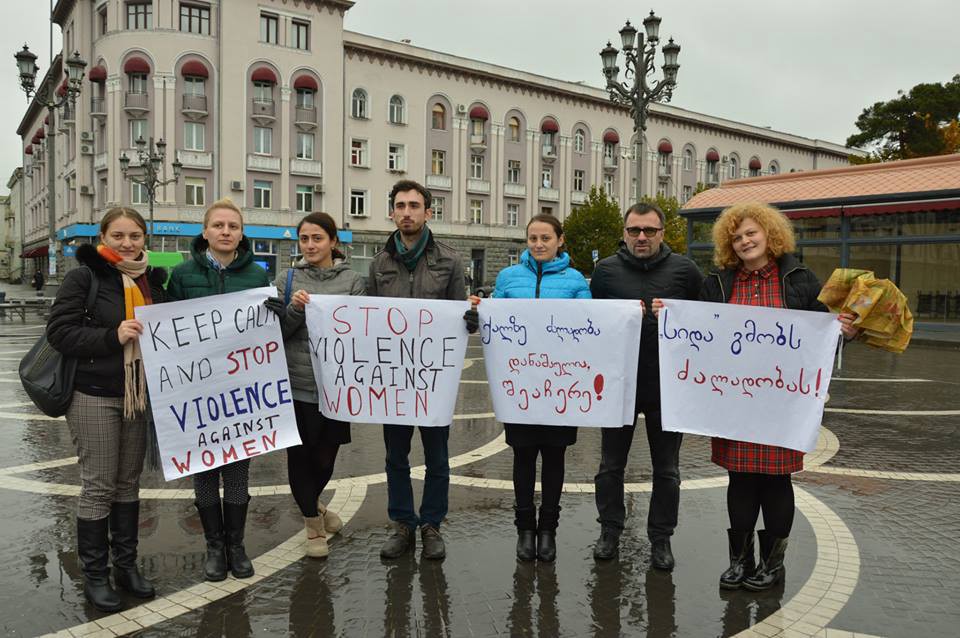What we completely miss is the ordinariness of it.
When a beautiful, talented actress is brave enough to create a PSA about domestic violence, we watch in awe. We mumble to ourselves perhaps that Amber Heard (who was married to Johnny Depp), should have had the self-esteem to not be a victim of domestic violence. To not let it happen.
And we cluck our tongues remembering how odd that this also happened to Nigella Lawson and Rihanna and Tina Turner and Janay Rice — to name just a few.
But that is faulty thinking.
Domestic violence is more common than being left-handed. Violence from an intimate partner happens every nine seconds to one woman somewhere in the world. It takes longer than that to download a song on your phone.
Yet we are shocked and appalled when a Moroccan television station runs a segment on how to hide bruises from domestic violence with makeup. Yet no doubt many viewers need the tips.
When outrageous, brutal news of domestic violence beatings and murders hit the airwaves, we forget that in some cities, such as New York, domestic violence killings are on the rise.
Until December 10, the UN has declared days of activism to eliminate violence against women internationally. That is noble as violence against women is an ordinary, daily reality for millions of women around the globe. This is a genuinely necessary initiative, but one we need to have at the forefront of our minds the other 349 days a year.
We miss how common it is, how much a part of the daily lives of one-third of all women on the planet. Domestic violence is as common as brushing your teeth or preparing dinner, taking the trash out of the house. But for one in three women, it is not so easy to remove the partner who makes her afraid.
I know how ordinary it is. Because it happened to me. And my own mother was surprised.
When I first told my family in 1995 about my husband’s violence, my mother (who passed away in 2002) was comforting.
Still, she said, “I thought you felt good about yourself.”
That is likely the biggest assumption. In my case, and I assume in all the cases of all those powerful, famous strong women who were also in abusive relationships, we thought the opposite. We had so much self confidence that we believed we were strong enough to change him.
What I knew was this: I was smart and I was strong and I was not going to tolerate this. I was going to take care of it. I was going to figure out his problem — his problem — and fix it together with him. Because this was so clearly not about me.
So in a dozen years spent with a man whom everyone thought was ideal, I endured a pitiful resume of cyclical violence. After each episode — that were about annually– we went to counselors; three counselors in three states. Texas, Indiana, Illinois. Being married to him changed me. Trying so hard to be reasonable, I lost the ability to reason.
Eventually I internalized what a danger he was for me and for our children, who at the time I filed for an order of protection, were 6, 4 and 1. I no longer cared about his spin. I knew the counseling — the last one with a parish priest — was not helping.
I realized that the long stretches of calm were only preludes to the next episode of violence. He was not a good man with a bad temper. He was a violent man.
In 1995 I began the trail of truth, divorcing in 1996, and writing about my experiences in my first book, I Closed My Eyes, in 1999. And since then for the last 20 years I have been an advocate for women struggling with domestic violence. I wrote an updated memoir recently, Escape Points, about the fiscal abuse that followed and the struggles to raise my sons alone.
Yet I know well I am not alone.
“The ruin of a nation begins in the homes of its people,” is a Ghana proverb that I believe is true.
More than 70 percent of female murder victims worldwide are killed by their male companions, according to the World Health Organization. Violence in the home, violence against women of all ages, races, cultures and socioeconomic levels is one of the world’s most critical and severe public health issues of our time.
A 2013 analysis from WHO with the London School of Hygiene and Tropical Medicine and the Medical Research Council, found that worldwide with data from 80 countries, one third of all women who have been in a relationship, have already experienced physical and/or sexual violence by their intimate partner.
Some places are worse than others.
A 2005 WHO multi-country study on women’s health and domestic violence against women found among women ages 15–49, 15 percent of women in Japan and 71 percent of women in Ethiopia reported physical and/or sexual violence by an intimate partner in their lifetime.
The World Health Organization reports that the highest percentage of violence against women in the world is in the South East Asia region among low and middle income women ages 40–44, where 65.2 percent of women report abuse by an intimate partner. The lowest incidence of domestic violence is among high income women 55–59 years old in all regions, with a rate of 10.4 percent.
Nowhere on the planet is there a domestic violence rate of zero. Nowhere.
According to Human Rights Watch, domestic violence is considered a logical consequence in some cultures in response to some specific behaviors of a wife or partner. For instance, burning food, arguing, going out without telling the husband or refusing sex are seen as rationales for domestic violence in some countries.
In Uganda, for instance, 77 percent of the women there saw domestic violence as a probable and logical outcome for such minor behaviors. In Armenia, 32 percent of the women said it was a possible outcome for doing something as menial as serving a poor-tasting meal.
Every day in every city in every state in every country there is news of domestic violence arrests and murders. While the domestic homicide rates are decreasing, funding for DV programs is also decreasing.
Almost 80 percent of states reported that their programs were experiencing cuts or reduction in funding from local county and city sources. Approximately 90 percent of states reported that their programs were seeing decreases in private donations.
I worry about the funding under this new White House. I worry about a rise in sexual assault rates, as the person elected to serve in the Oval Office has been accused multiple times of sexual violence and has openly bragged about it.
Here in this country, domestic violence is the №1 health problem in the United States, according to the U.S. Surgeon General. More women are touched by domestic violence than by breast cancer. More women are touched by domestic violence than heart disease. More than 37 percent of all women treated in emergency rooms report domestic abuse by their partners. Companies in the United States lose up to $5 billion a year in this country because of domestic violence.
ISIS is not the only terror we need to address.
Domestic violence is not only about women; it happens with men as well, but the overwhelming preponderance of cases are against women. Domestic violence also happens in same sex relationships. It happens to millions and women not in the news. It happens to partners who are not TV or film stars, not partners to NFL, NBA or MLB athletes.
The National Domestic Violence Hotline, an organization that answers calls, chats and texts from those impacted by domestic violence and dating abuse is on track to receive more than 500,000 contacts this year. From ordinary people.
This United Nations agency said domestic violence is more prevalent than the violence of war. There are 1.6 million deaths because of violence each year, with close to 10 percent of those deaths of women at the hands of their partners.
It is not something that happens to those women. It happens to women like me, women you know, women we all encounter every day. I am not extraordinary, I am not exceptional.
I am one woman who saw the truth and with the help of family, community, agencies and the justice system, rebuilt a life free of fear and without any violence. And I raised my sons alone with sole custody and sole support. They are now 28, 25 and 22; each one of them good men.
For every day of the year, open your eyes to the clues around you concerning your friends, sisters, aunts, mothers, coworkers, patients, clients. Listen to your instincts when someone seems afraid or changed when a partner is near. Pay attention to the clues of a women who appears in the hospital and her story seems false. Watch and observe for the signs of fear and terror in someone’s home. And offer help, sanctuary, shelter, assistance, a rope to pull her out of the quicksand.
And do not tolerate a culture that insists jokes about assault or violence are ordinary. They are never funny. But here is one joke I hope you will tell.
How many battered women does it take to change a light bulb?
Just one.
And while she is changing the light bulb, she will extricate herself from a violent relationship, save her children, save herself, further her education and career and move on in a life that is safe and fulfilling.
And she will become an advocate for all the millions of women who are in the same situation she was, this sorority of women around the world who have endured domestic violence.
We need not look far to find a friend or a colleague who has been a victim of domestic violence. I need not look anywhere but in the mirror. That woman is me.
Originally published at medium.com


